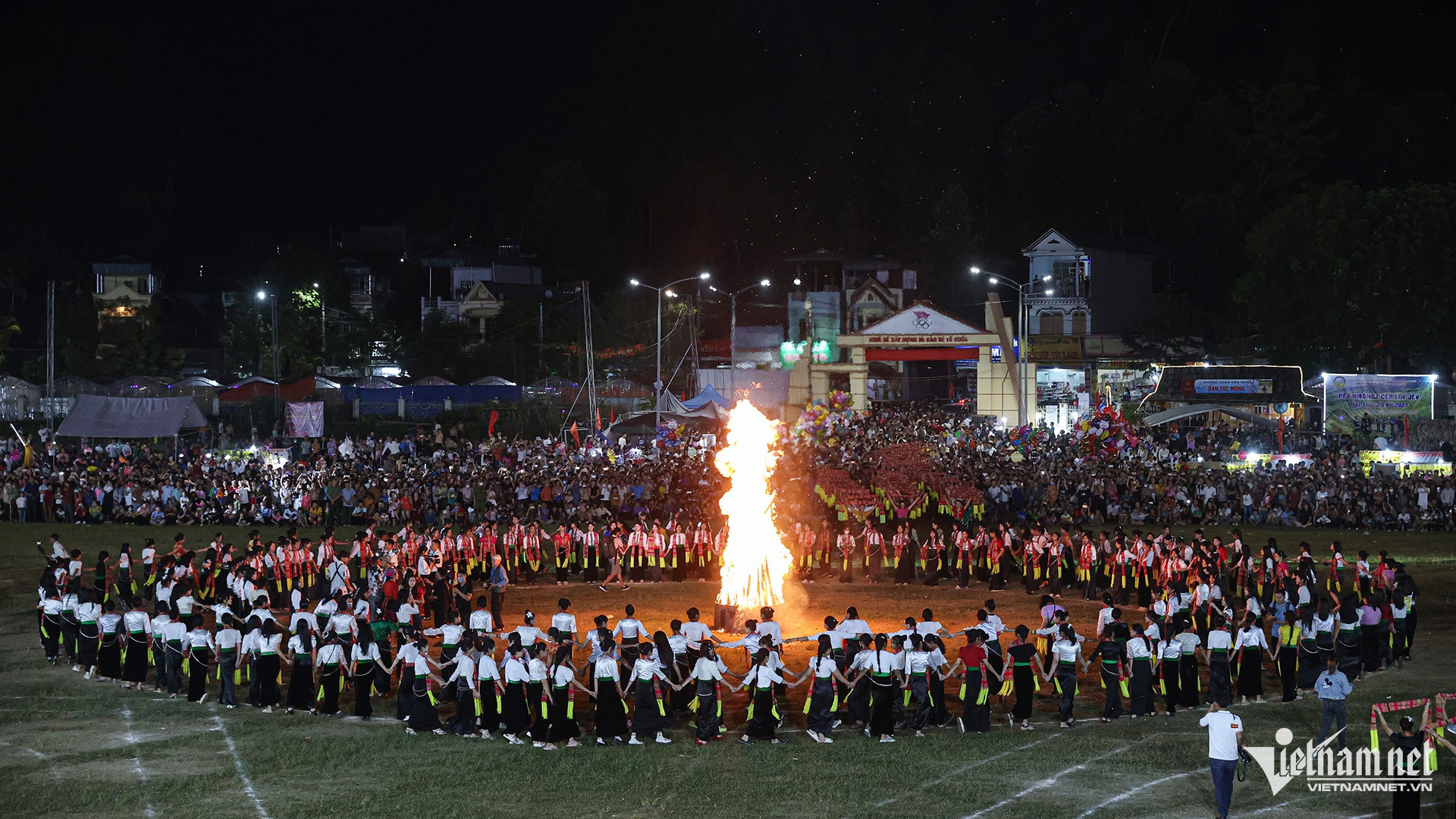The Thai ethnic group, Vietnam’s third-largest ethnic minority, makes up 1.89% of the national population and is well known for its rich cultural identity, from clothing and cuisine to traditional games. These games are central to community life and are often played during festivals and holidays.
Among the most beloved traditional games are tung con (throwing a sacred ball), to ma le (a striking game using forest fruit), stick pushing, and xoe dancing. These activities have been passed down through generations and are cherished symbols of Thai cultural heritage.
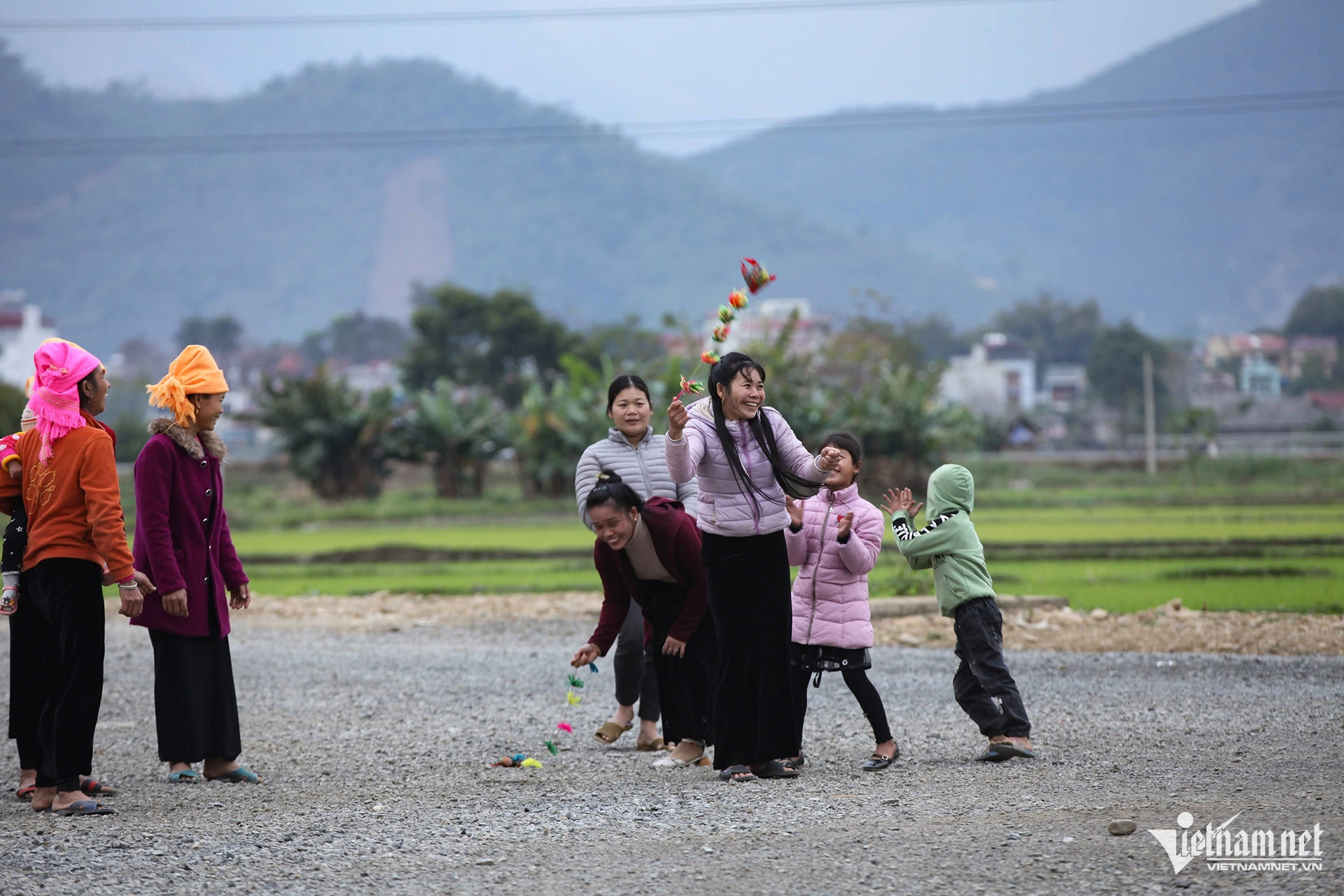
For the Thai people, tung con is a meaningful folk game and a vibrant form of cultural expression. It also serves as a social event for young men and women to meet, express affection, and find partners.
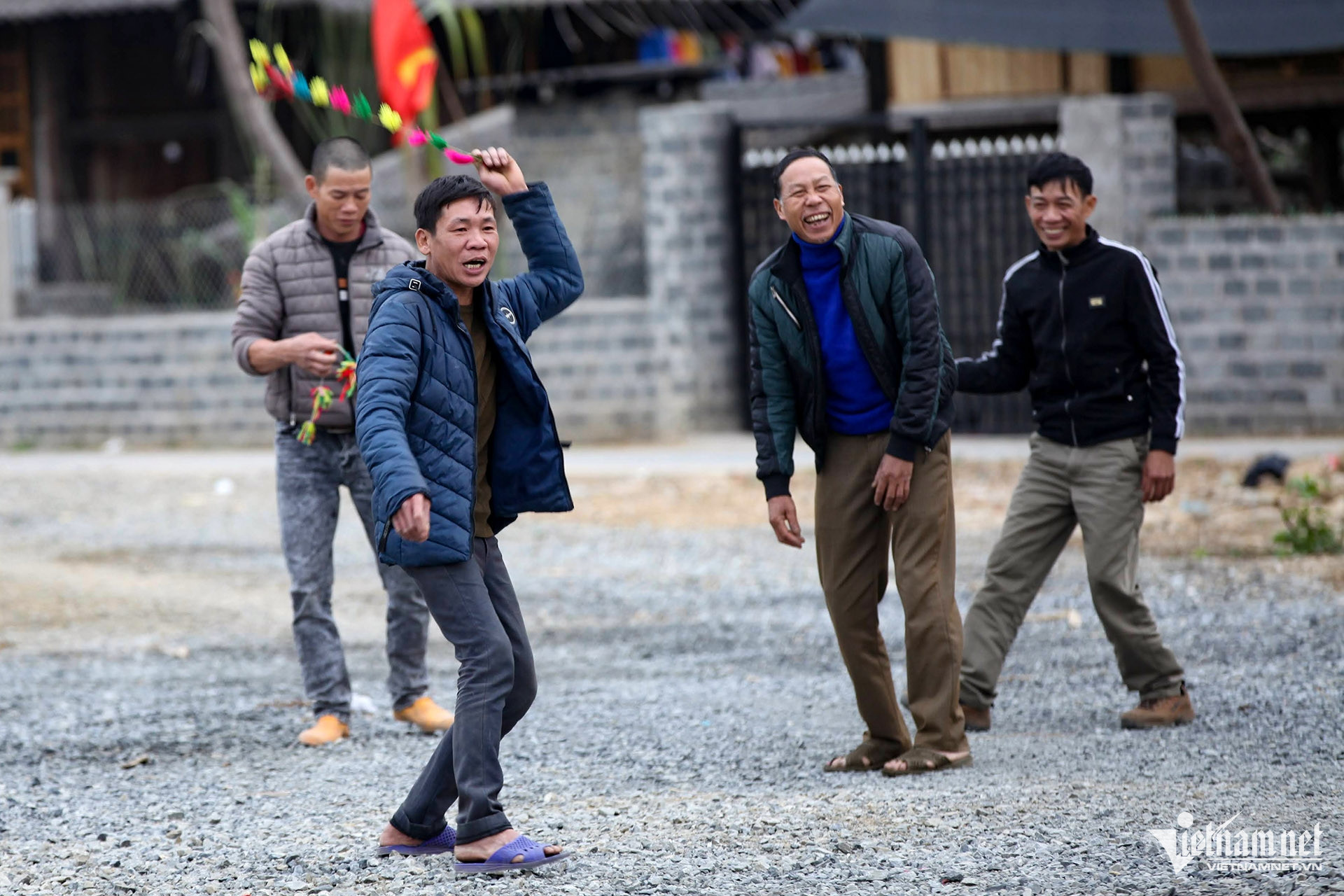
Each spring in Nghia Loi commune, Nghia Lo town, Yen Bai province, Thai villagers of all ages gather to play tung con, regardless of gender or age.
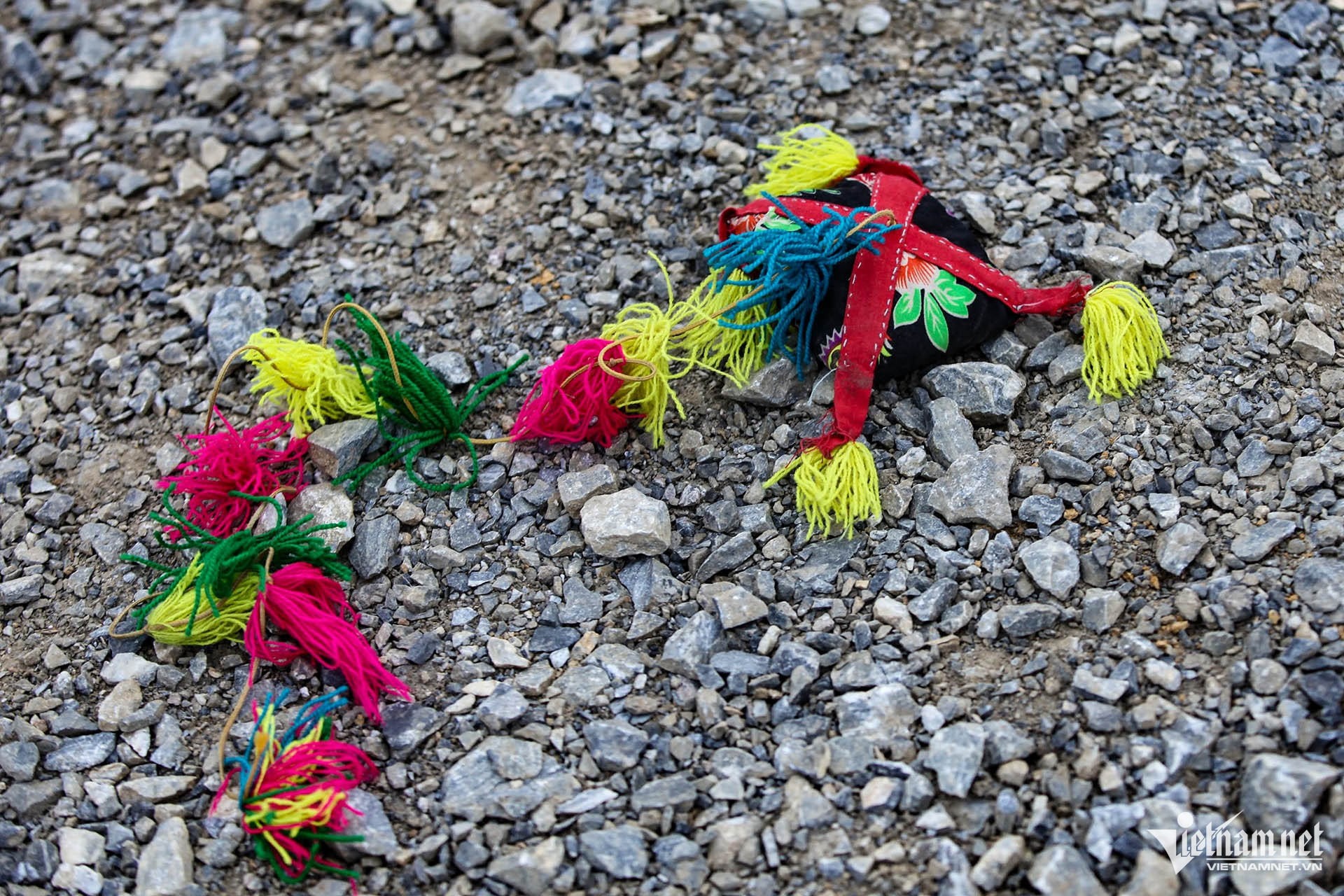
The con ball is either round or square, hand-stitched with colorful patterns representing the richness of the universe. It is stuffed with seeds such as rice, cotton, sesame, mustard, and beans - symbols of fertility and prosperity. Throwing the con upward is seen as a gesture of reaching toward freedom and preserving good wishes for the future.
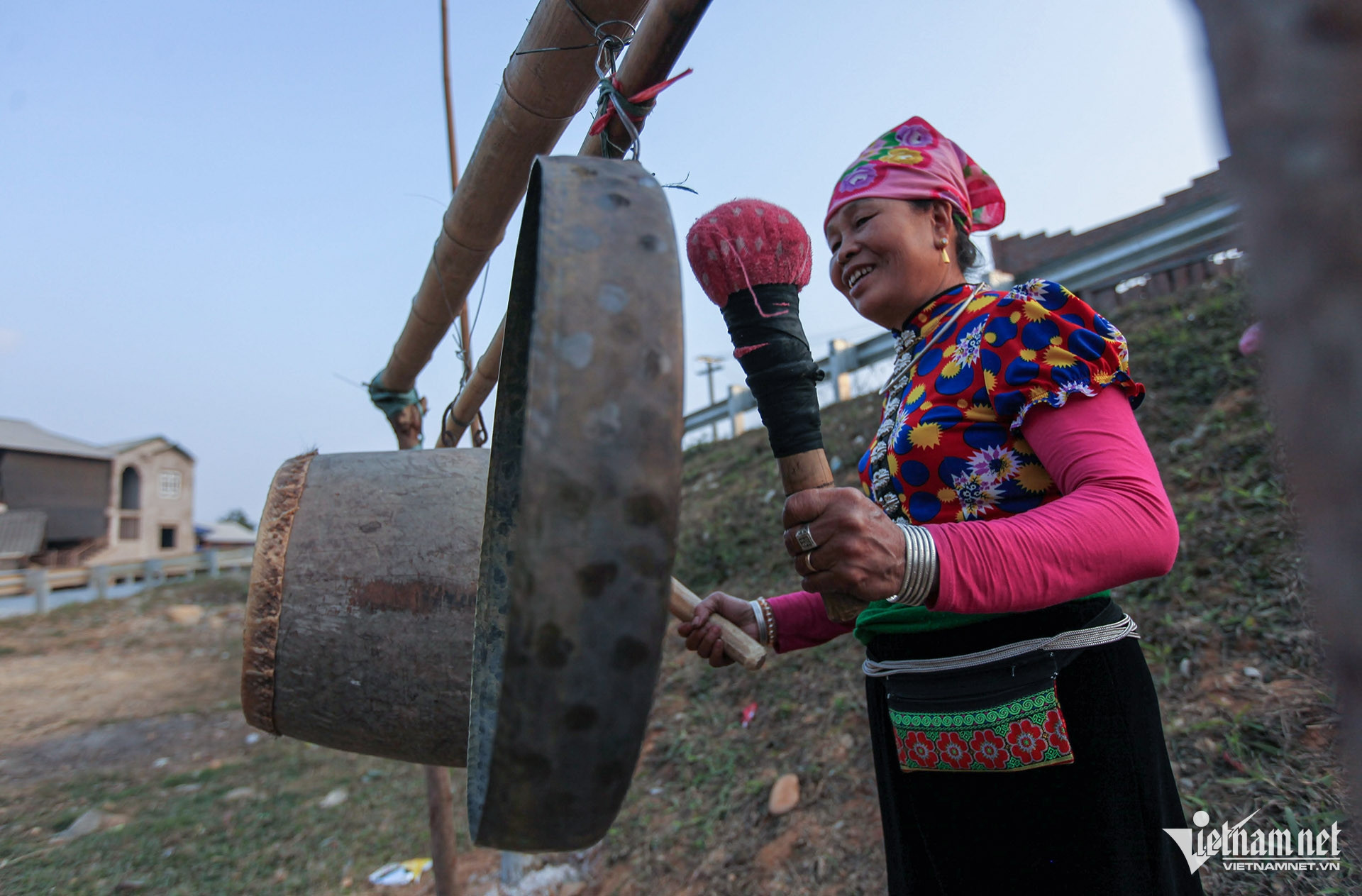
During festive seasons, the resonant sounds of drums and gongs accompany games and the captivating xoe dances.
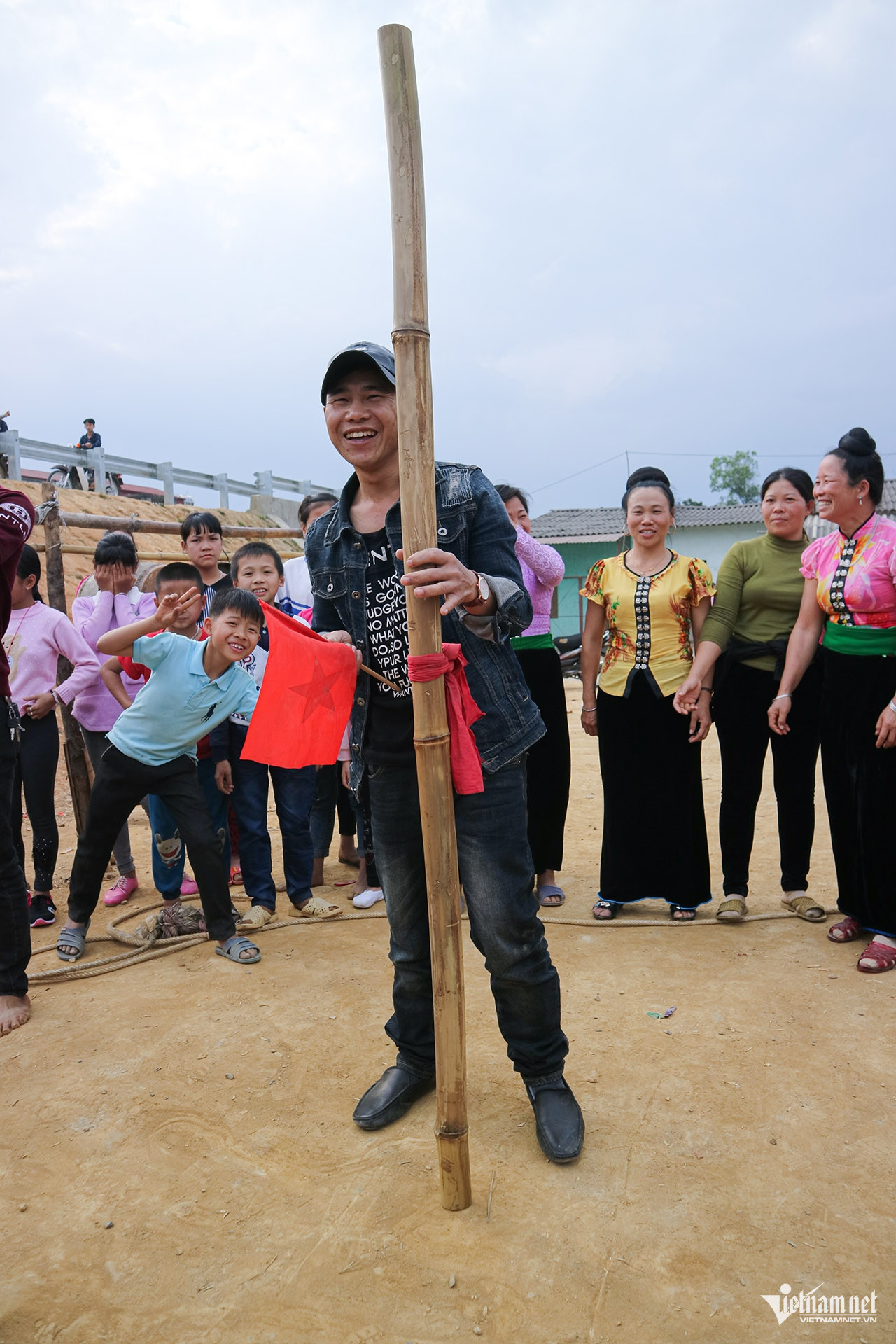
In stick pushing, only one piece of quality hardwood or seasoned bamboo is needed - 2 meters long, evenly thick (about 5 cm), and painted in two distinct colors, usually red-yellow or red-white.
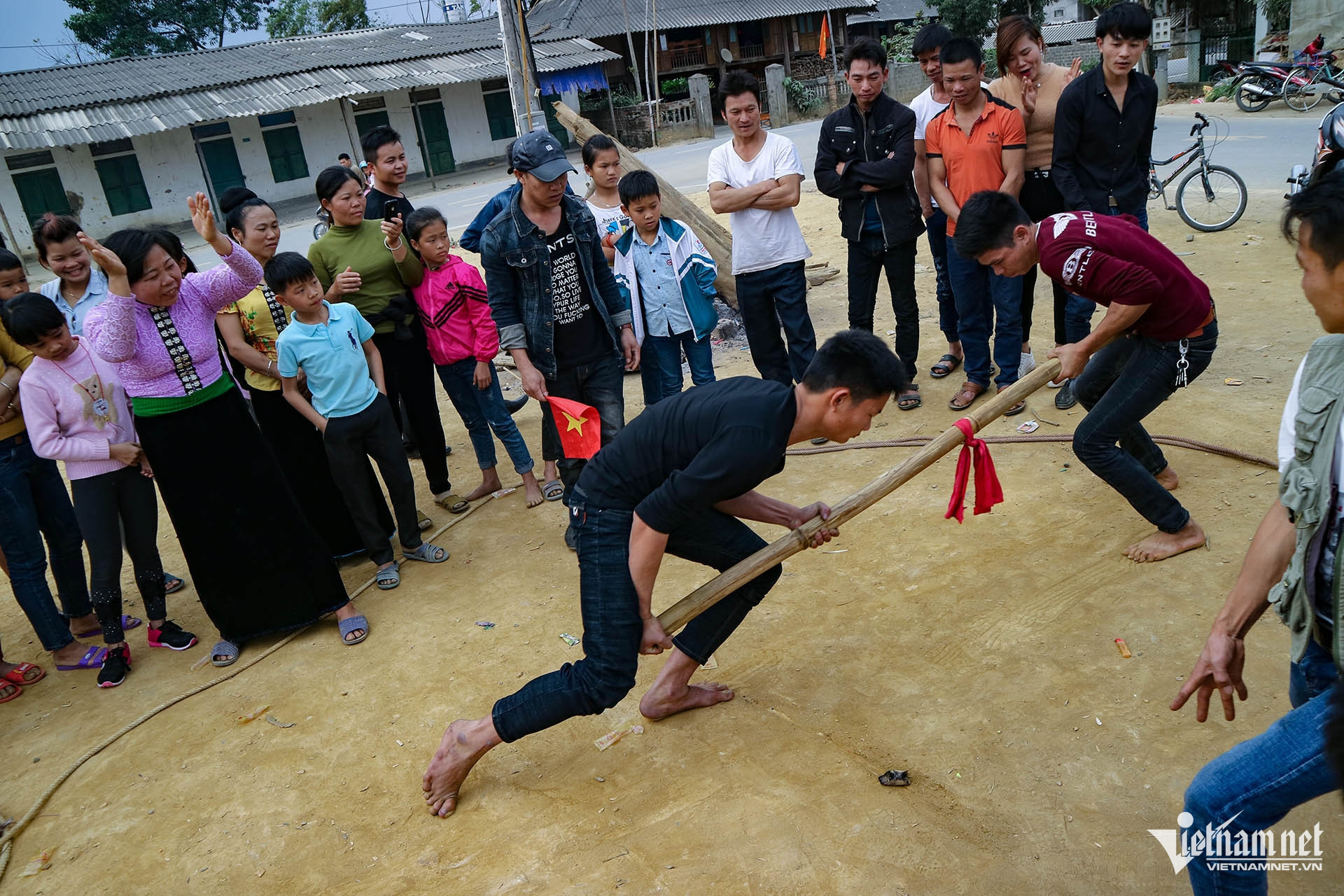
Each match lasts 2-3 rounds. After the final round, the head referee raises the hand of the winning player while both competitors face the organizing panel. The game, though originally a folk activity, has become a formal sport featured in ethnic sports competitions. It demands strength, balance, and tactical skill.
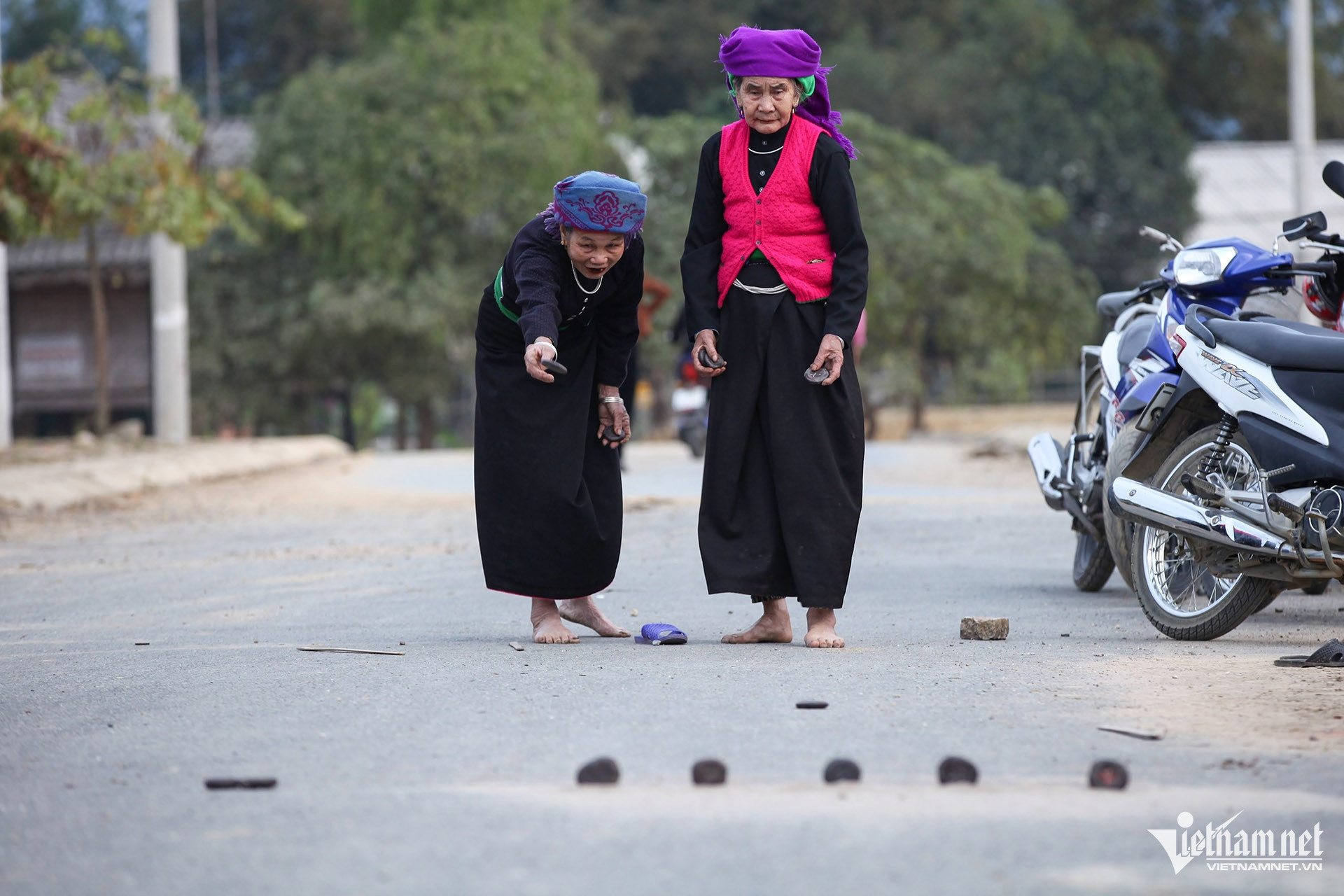
To ma le (striking the ma le fruit) is another essential part of Thai cultural festivities. “To” means to strike or play, and “ma le” is the name of a wild forest fruit. Anyone can join this game, which requires no age or gender distinction. The playing area is a simple, flat patch of land - sometimes even under a stilt house.
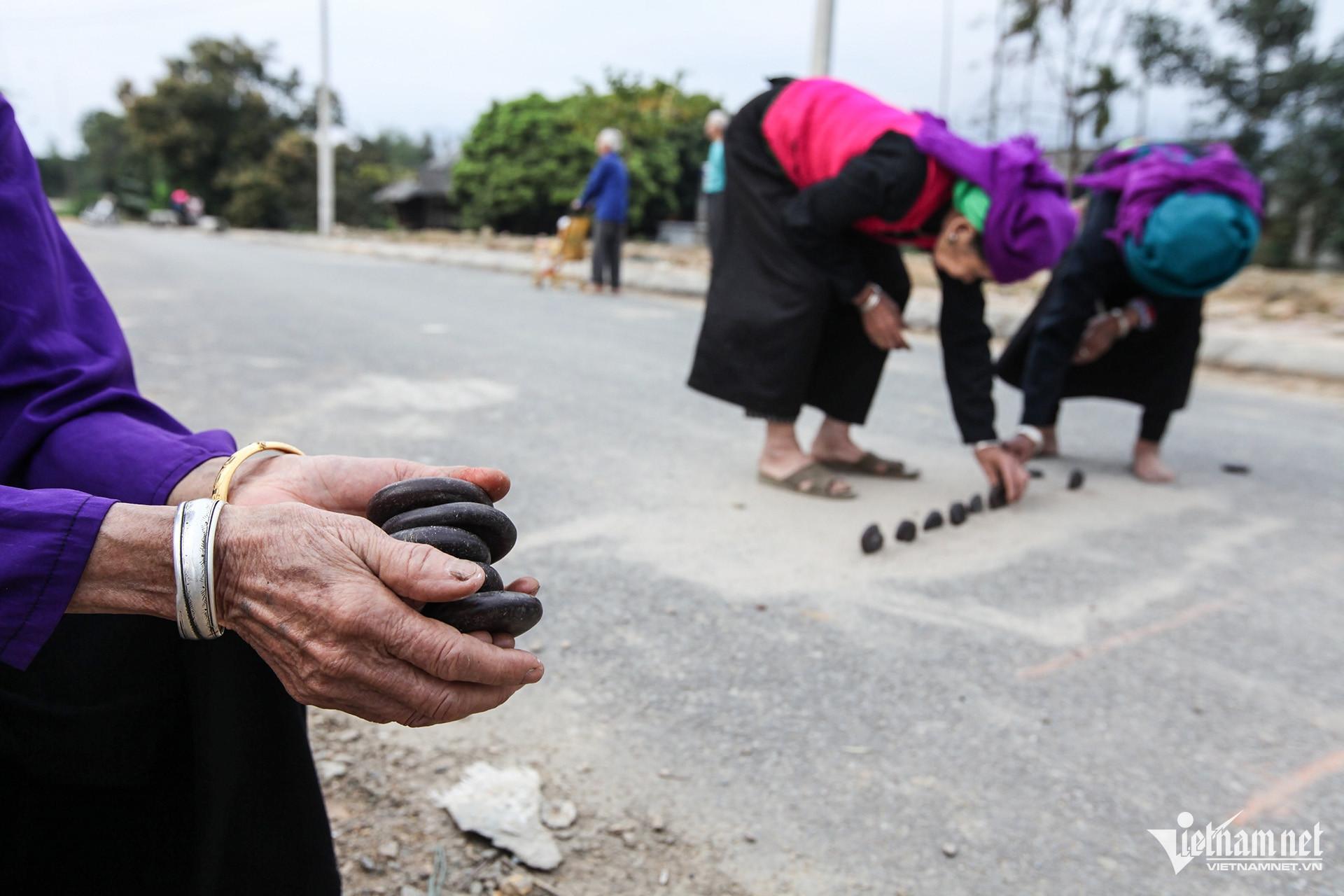
The ma le fruit is harvested from ancient forest vines and is nearly the size of a flamboyant tree pod. Measuring about 30 cm, it has a hard shell and contains 4-5 dense, dark brown seeds that become polished with continued use - making it a lasting plaything.
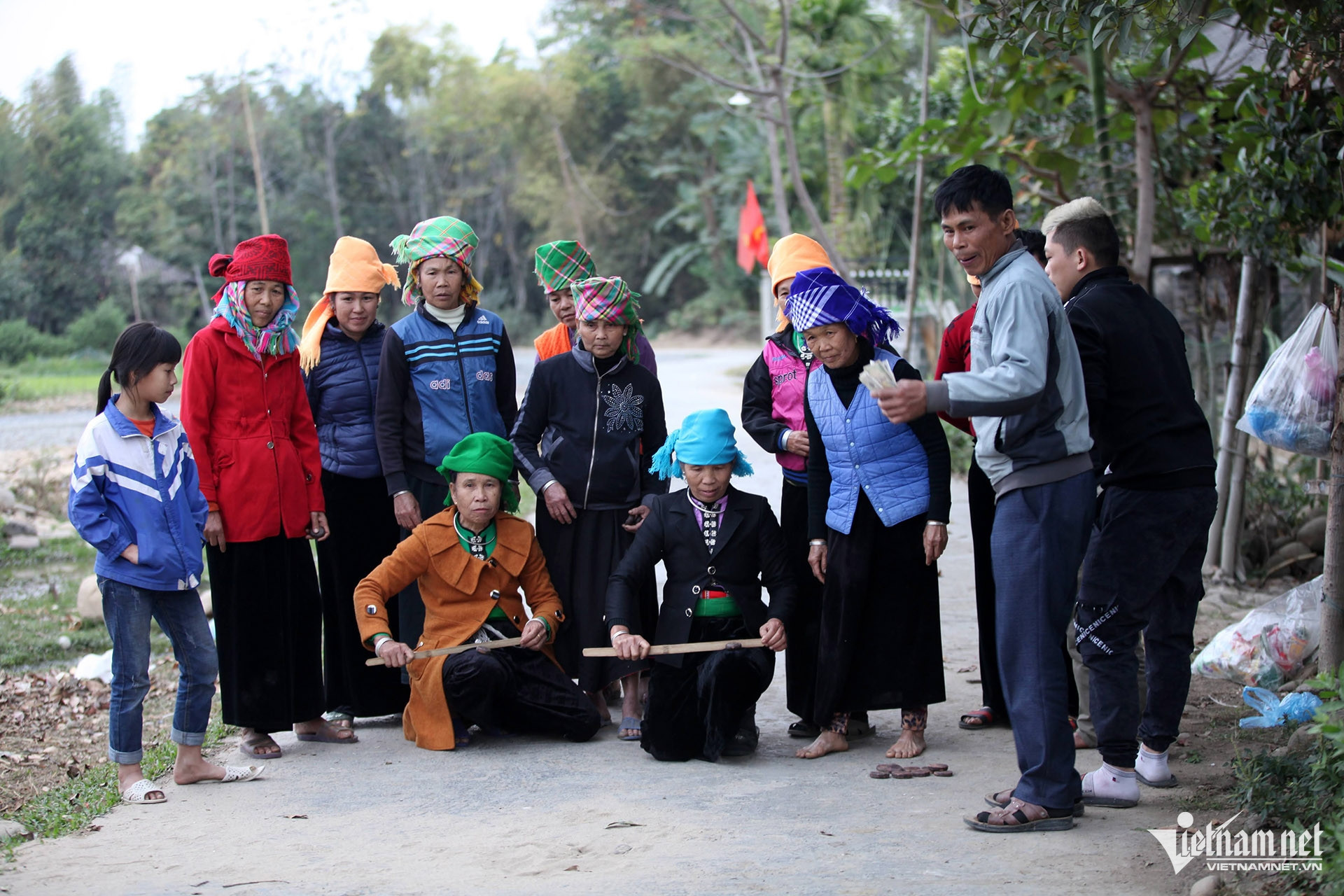
The length of each match depends on the number of players and their skills. Players are divided into two teams, each with up to seven participants. The team that plays second arranges the fruits according to the number of players on the opposing side.

To ma le is often played during New Year celebrations, housewarmings, weddings, or even in moments of leisure. It is a popular, community-oriented game that reflects the Thai people’s deep cultural identity and solidarity.
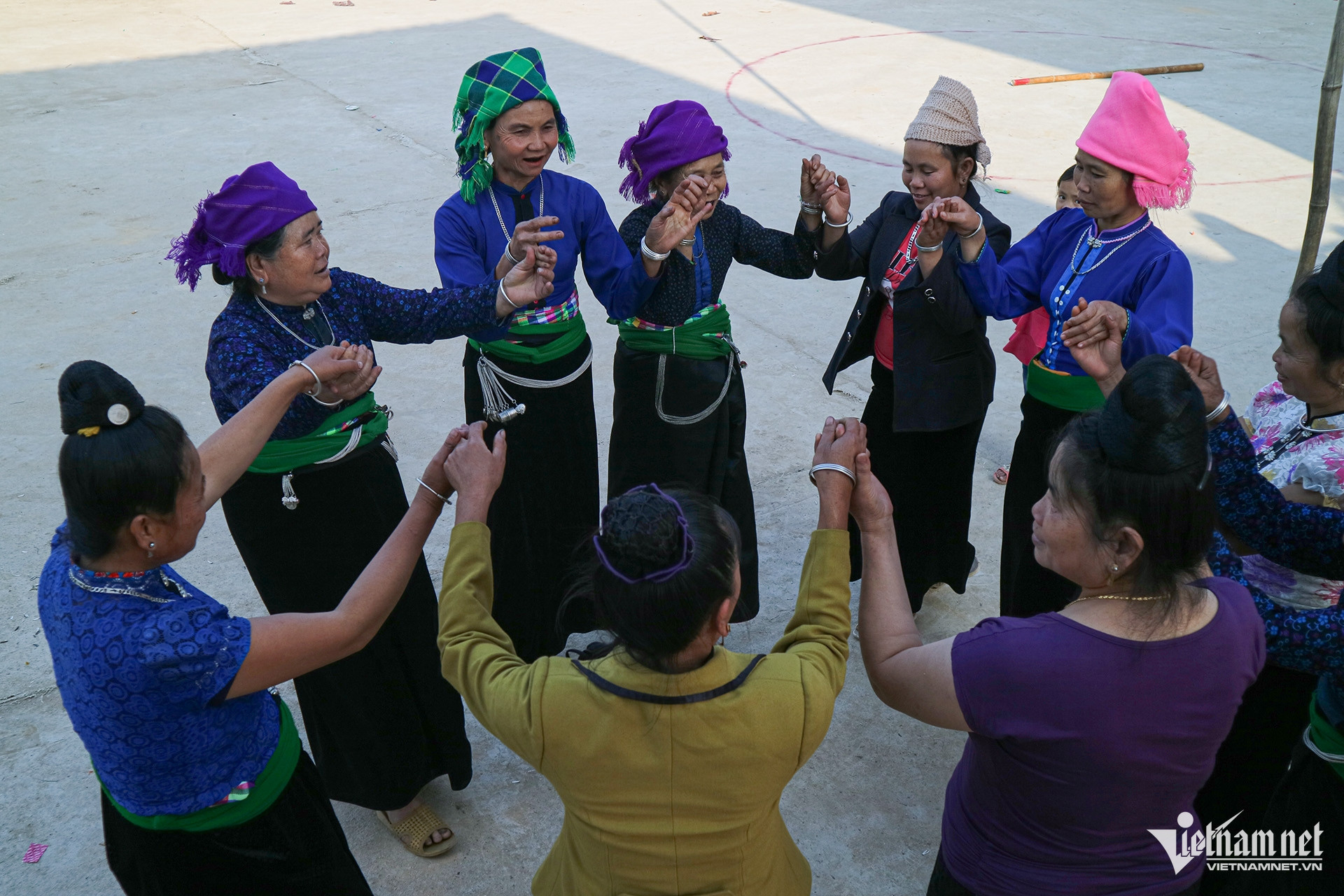
Xoe dancing, deeply rooted in Thai spirituality, connects humans with the divine. It is an indispensable part of community and spiritual life.
Every festive season, Thai villagers in Hanh Son commune, Tram Tau district, Yen Bai province, join hands in performing elegant xoe dances.

Recognized by UNESCO as an Intangible Cultural Heritage of Humanity, the Thai xoe dance represents unity, creativity, and accumulated life wisdom. The graceful circular formation has become a signature cultural symbol.
The circle of xoe symbolizes unity and is a defining feature of Thai communities, such as those in Than Uyen district.
